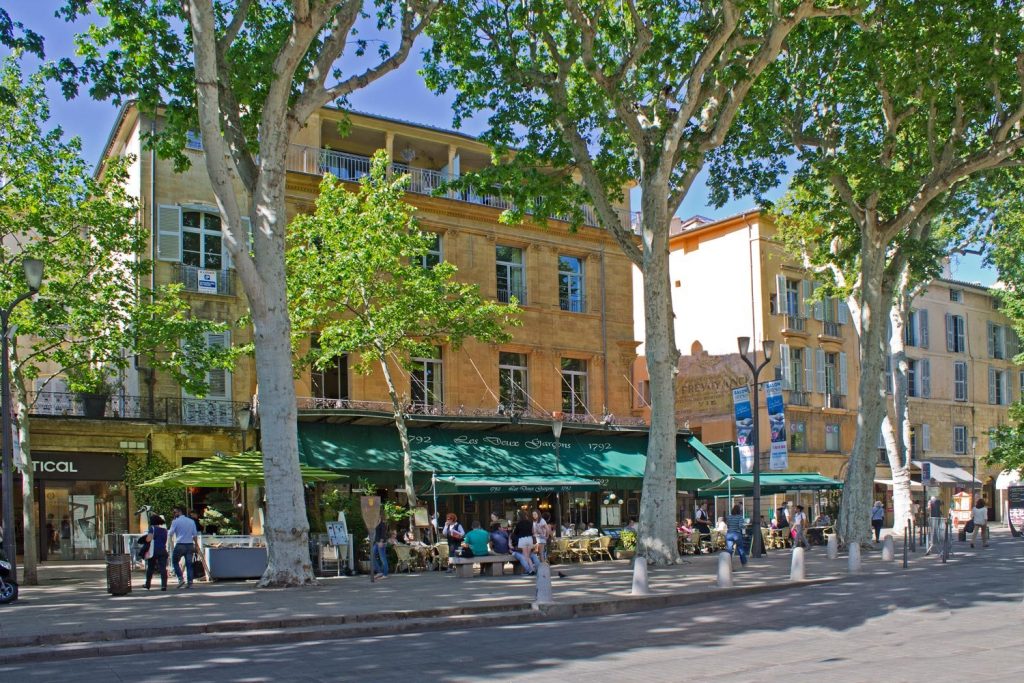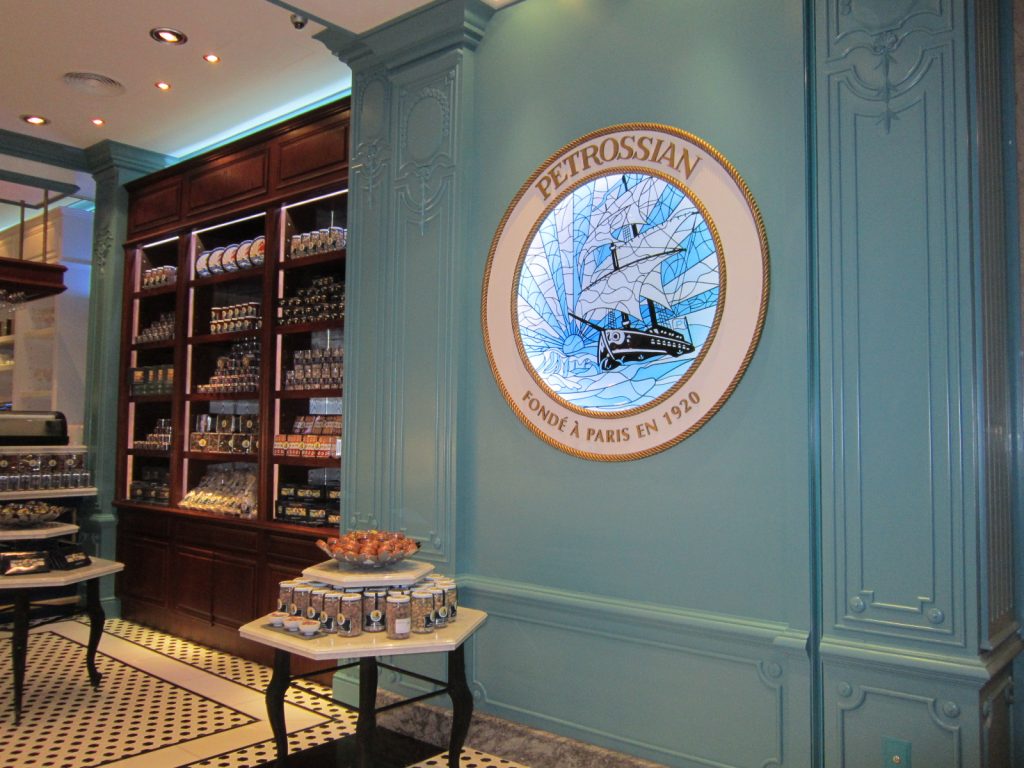DOWN TO EARTH NATURAL WINES
Mankind has indulged in the joys of wine for a long, long time. A forgotten amphora of grape juice began to froth, its aroma changing from fresh and innocent to something intriguingly fermentatious, and some brave soul took a sip. Fast forward 5000 years and adventure-seeking wine drinkers are again tentatively raising a glass of untamed natural liquor to find out what all the fuss is about. Your friends in the know have been carrying on about the benefits of Natural Wine – but that unrefined hazy liquid with sediment at the bottom of the bottle looks a little too much like the kombucha your hipster mates are brewing.
To be fair, you’re not wrong. While there are no official regulations around the production of natural wine, artisanal vintners are following their own strict standards to produce “raw” wine with as little intervention as possible. They begin with organic or biodynamic cultivation, hand-picking the grapes, extracting the juice by good old barefoot stomping in a barrel, and then allowing the extract to spontaneously do its own thing with the help of naturally occurring yeast. Some producers prefer to safeguard their precious vintage with a tiny dose of sulfites, but certainly none of the artificial colors or flavored yeasts that you find in a typical commercially produced wine. It’s primal wine, the stuff that may have been miracled into existence for a certain wedding two millennia ago. And by all accounts, those yeasty, microbial life-forms in your glass are really good for you.
The world of natural wine is affable and unpretentious. Wine bottles often feature unique artwork on the label that playfully describes the contents as well as the creator. In this scene, you can frequently judge a book by its cover. Nevertheless, there is enough natural wine on the market to confuse new followers. Some producers manage to achieve homogeny with each vintage. For others, its mostly luck of the season and no two vintages are the same. There are fruity, fizzy fun natural wines, others are musky and wild, some are more like cider. Depending on whether they are bottled as they are or lightly filtered, some natural wines will be cloudier than others and may contain flecks of grape skin. To begin your journey of discovery, get to know your local wine store owner. They will advise you based on your general preferences, but be prepared to try something out of your comfort zone. Natural wine can be quite different from any other you’ve experienced.
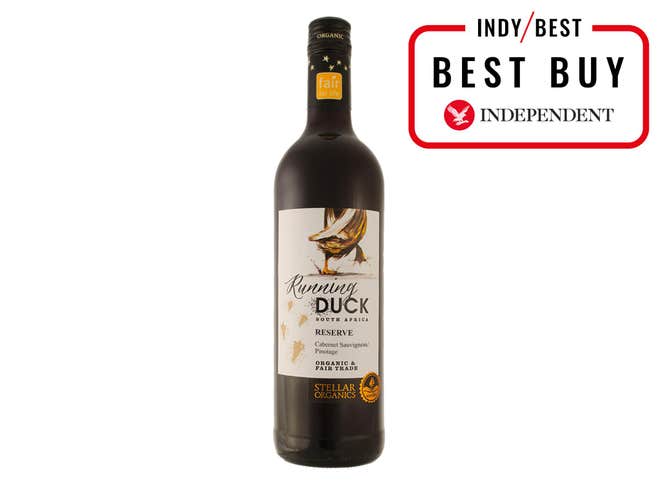
A Cabernet Sauvignon from a South African winery that has a flock of Indian runner ducks as a capable and ecologically sound pest control squad. This medium-bodied Western Cape wine oozes blackcurrant and fresh raspberry flavors. Organically grown with no added sulfites, its “Fair for Life” certification guarantees human rights and sound working conditions for all those involved in its production.
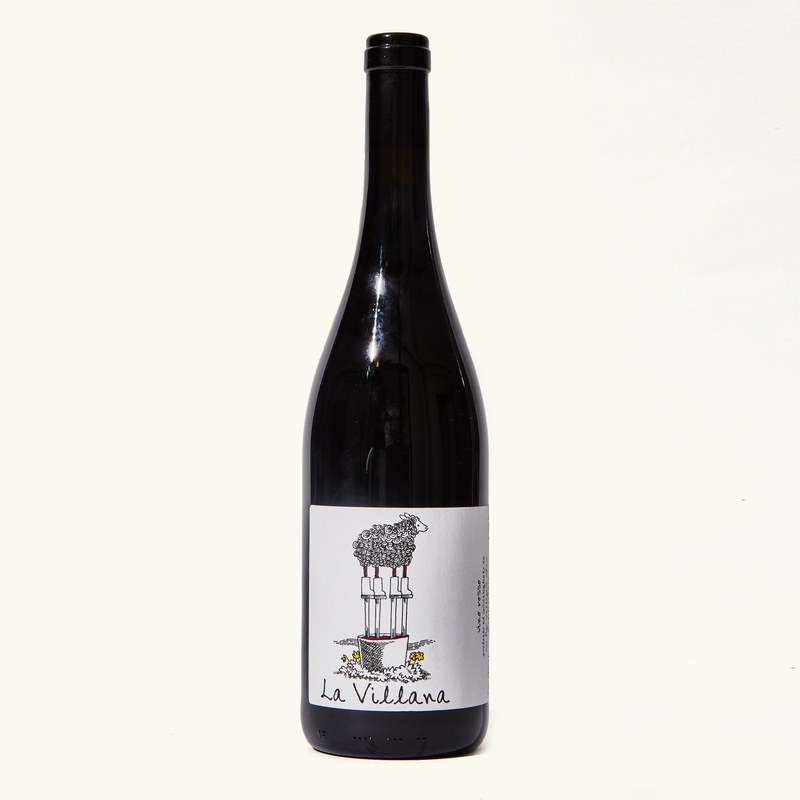
“This Italian-made blend of Grechetto, Montepulciano, Cilegiolo, and Canaiolois smells like a seaside breeze carrying wafts from a cranberry lemonade stand. It tastes likes a Vespa joy ride down Cypress-lined dirt roads that catapults you into brambles of raspberry and blackcurrant, with stray watermelons, and ripe, juicy red plums.”— Marissa Ross, Bon Appétit
The label portrays a sheep, vital to the farm’s ecosystem, taking part in the winemaking process.

Shockingly crimson in color, the aromas from “Château Paquita” bring to mind a stroll in the rainy countryside. Flavors include cranberries, fennel, and black pepper. New labels are created for each vintage. The 2015 edition features the work of street artist Pere Banek and illustrates the process of grapes becoming wine.
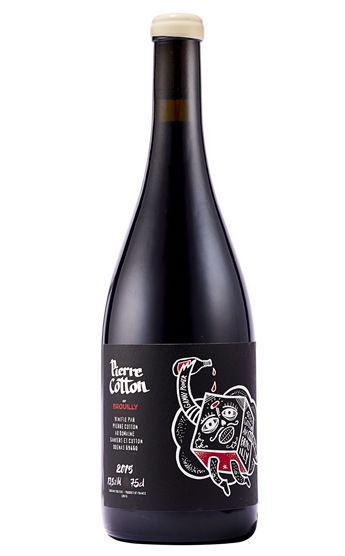
Described as “A vampire’s treat” because of its fresh blood aroma, this natural beauty unsurprisingly pairs well with venison and foraged cuisine. Something different for the brave-hearted.
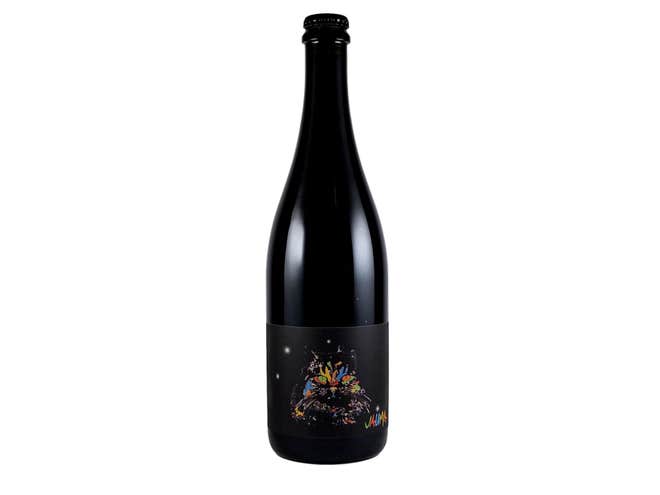
A South Australian blend of shiraz and grenache, unfiltered, and made with no additional yeasts, enzymes, tannins or sulfites. Earthy and medium-bodied, it overflows with dark fruit flavors calmed by notes of spice and cocoa. The winery cat, Tikka, watches languidly from the bottle label.



